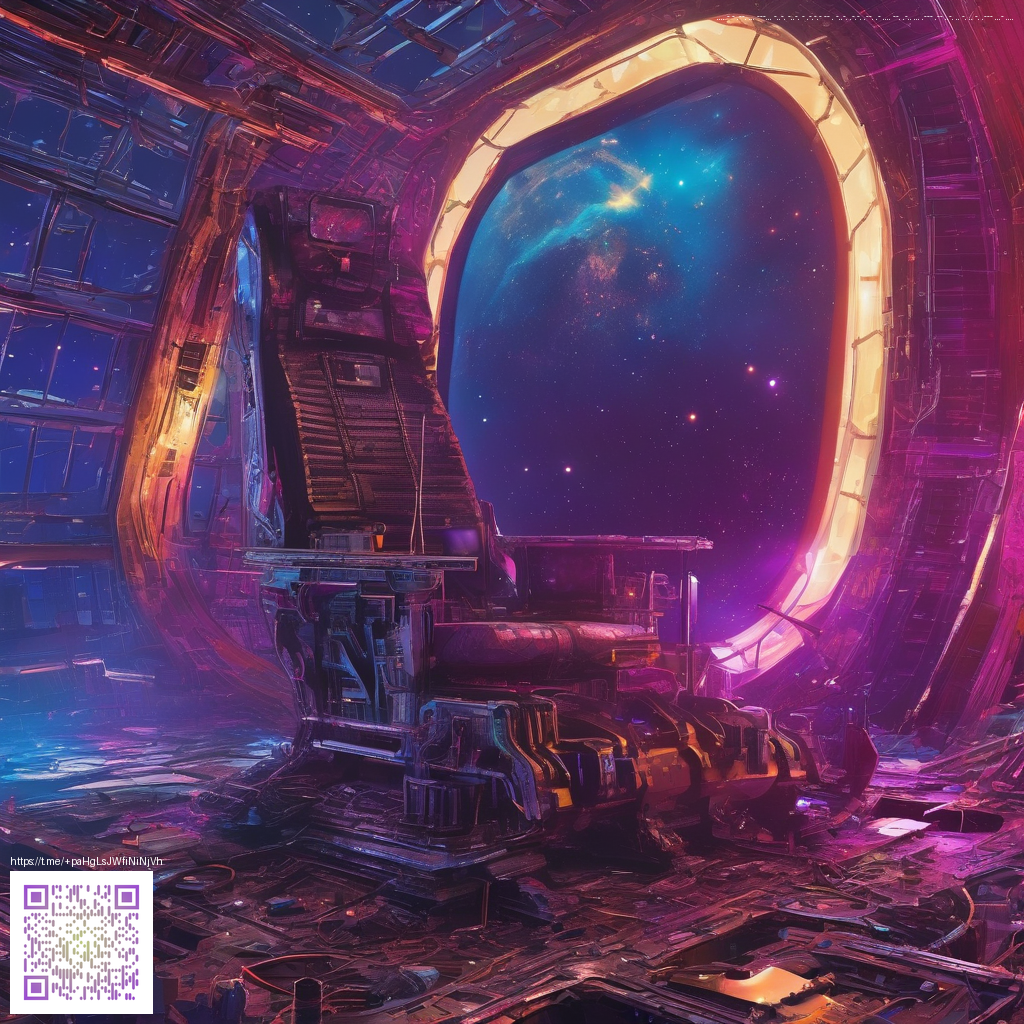
How AI-Generated Textures Can Transform Product Design and Mini-Mass Production
In today’s crowded marketplace, texture is not just a detail—it's a differentiator. AI tools can generate a vast range of unique patterns that feel tactile, premium, or futuristic, enabling sellers to offer products with distinct surface personalities. This is especially valuable for items where the surface experience matters as much as function, such as desk accessories, phone grips, and lifestyle peripherals. By exploring AI-generated textures, creators can move from repetitive patterns to truly one-off aesthetics that shoppers notice at a glance.
What makes AI-generated textures valuable for physical goods
Texture impacts perception: color, grain, and pattern contribute to how a product is perceived in terms of quality and usefulness. AI brings several advantages to the table:
- Uniqueness at scale: You can generate endless variations to test which textures resonate without starting from scratch each time.
- Speed and iteration: Designers can prototype dozens of surfaces in hours rather than weeks.
- Customization: Fine-tune textures to match branding, materials, or customer preferences with prompts and constraints.
- Consistency across formats: AI can produce patterns that translate well from 2D prints to 3D renders and product photography.
“AI-generated textures empower teams to experiment with patterns that feel premium and original, while keeping production costs in check.”
Practical workflow for texture-driven products
Implementing AI textures into your design pipeline can be straightforward if you map the steps carefully.
- Define the constraints: Decide color palettes, material impression (soft, metallic, matte), and the emotional goal of the texture (calming, energetic, high-tech).
- Generate variations: Use AI texture generators to create thousands of patterns. Narrow down to a handful that align with the product’s sensibility.
- Prototype on real surfaces: Apply textures to digital mockups and then print or render to assess how they read in real life.
- Quality checks and licensing: Ensure prompts and outputs comply with licensing rules, and document provenance for customers.
- Launch and iterate: Use customer feedback and sales data to refine textures over time.
Case in point: applying AI textures to a wrist rest mouse pad
Consider a product like the Ergonomic Memory Foam Wrist Rest Mouse Pad. Its primary value is comfort and control, but a thoughtful texture can influence grip, heat dispersion, and perceived luxury. By generating texture options that emphasize a smooth top with a subtle grip pattern, you can tailor the surface feel to different user preferences—without changing the core materials. This approach also scales well for variations and limited editions, keeping the product line fresh while maintaining a cohesive brand language.
Designing for sales: presentation and storytelling
Texture is a powerful storytelling device. When you pair AI-generated patterns with high-quality photography and lifestyle visuals, customers can imagine how the surface will perform in real life. Include close-ups that reveal micro-patterns and tactile cues, and use alt text that describes the feel as well as the look. A well-documented texture strategy can become a selling point, differentiating your store from generic competitors.
Ethics, copyright, and transparency
As you integrate AI textures into products, be mindful of licensing and attribution. Use textures that you are permitted to commercialize, and consider offering customers a note on the design process to build trust. Transparent communication about AI-generated elements can enhance perceived value and reduce confusion about originality.
More tips to elevate texture-driven sales
- Offer texture customization: Allow customers to choose from a curated set of AI-generated textures or request a bespoke pattern.
- Create a texture gallery: A dedicated section in your product pages or store can showcase variations, including 3D renders and lifestyle shots.
- Pair textures with care instructions: Some patterns may reveal fingerprints or wear differently; provide care guidance to extend perceived quality.
- Leverage customer feedback: Track which textures convert best and why, then iterate on prompts and palettes accordingly.
Similar content and further reading
Explore related discussions and case studies that dive into AI-assisted design and texture generation: https://y-donate.zero-static.xyz/6822f12c.html